
Liru Walk
Uluru, a colossal sandstone monolith in Australia's Red Centre, is a sacred Anangu site offering breathtaking landscapes and deep cultural heritage.
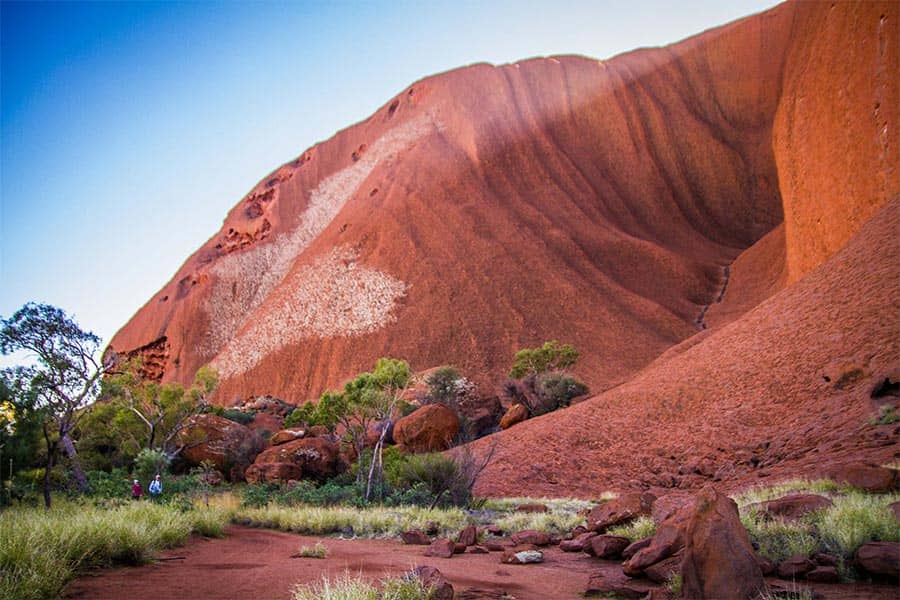
Highlights
Must-see attractions
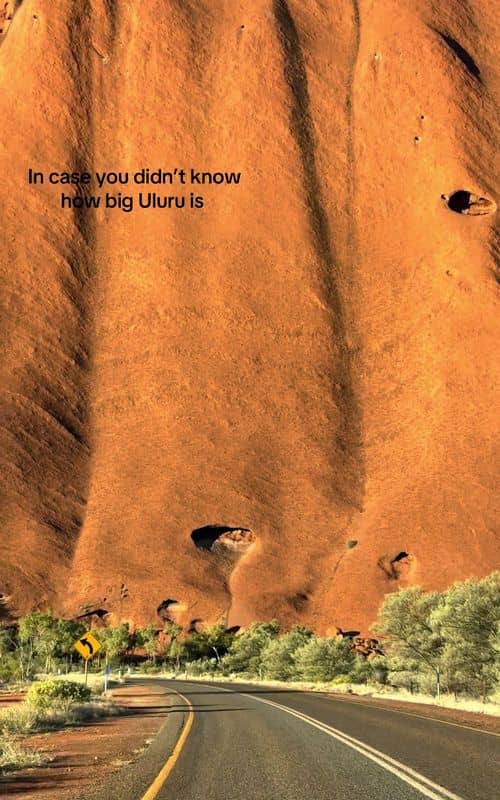
Social
From TikTok & Reddit
Best Time
Cooler temperatures for walks

Liru Walk
Best Time
Cooler temperatures for walks

Highlights
Must-see attractions
Uluru, a colossal sandstone monolith in Australia's Red Centre, is a sacred Anangu site offering breathtaking landscapes and deep cultural heritage.
"It's spectacular but not sure 'fun' is right. The walk around it is amazing, the park also has Kuta Tjuta."
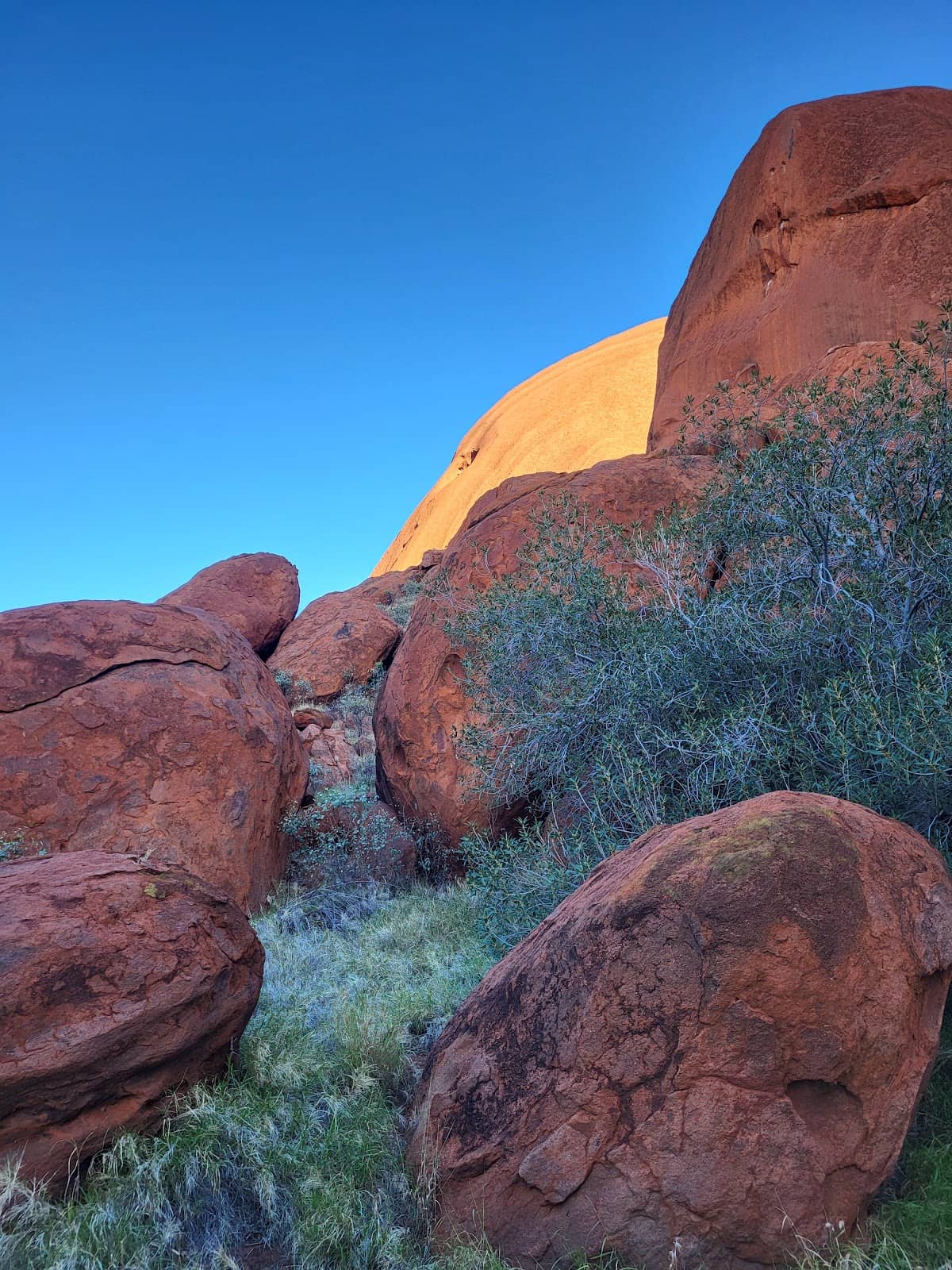
Hydration is Key! 💧
Carry plenty of water, especially for the Uluru Base Walk. Electrolytes are a good idea too.
Wear Sturdy Shoes 👟
The terrain can be sandy and uneven. Comfortable walking shoes are essential for exploring.
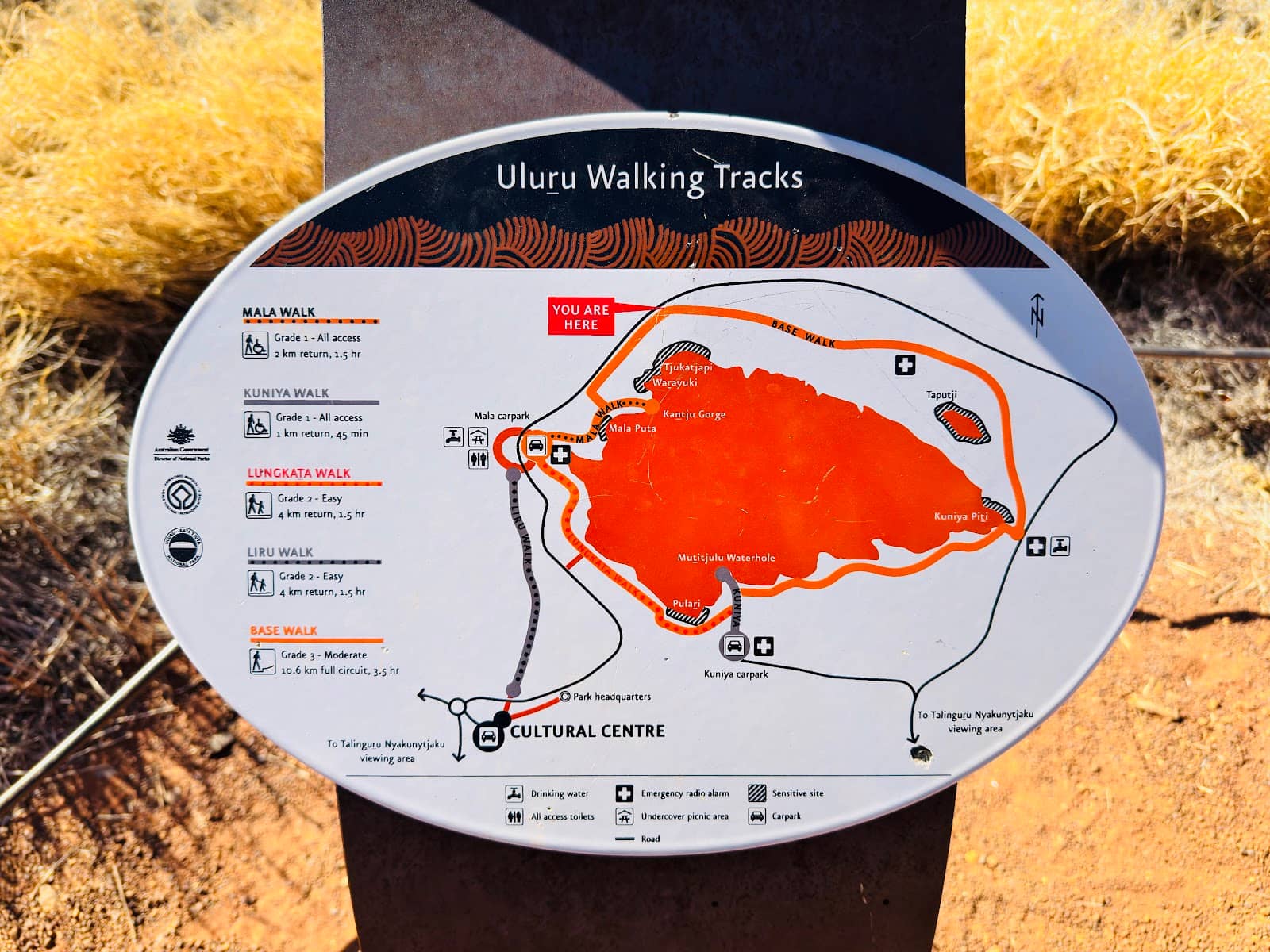
Highlights
Discover the most iconic attractions and experiences

Uluru Base Walk
Base of Uluru
A 10.5 km loop offering intimate views of Uluru's changing colors and textures. A truly unforgettable experience.

Kata Tjuta (The Olgas)
40 minutes from Uluru
Explore the majestic domes of Kata Tjuta, including the Valley of the Winds and Walpa Gorge walks.
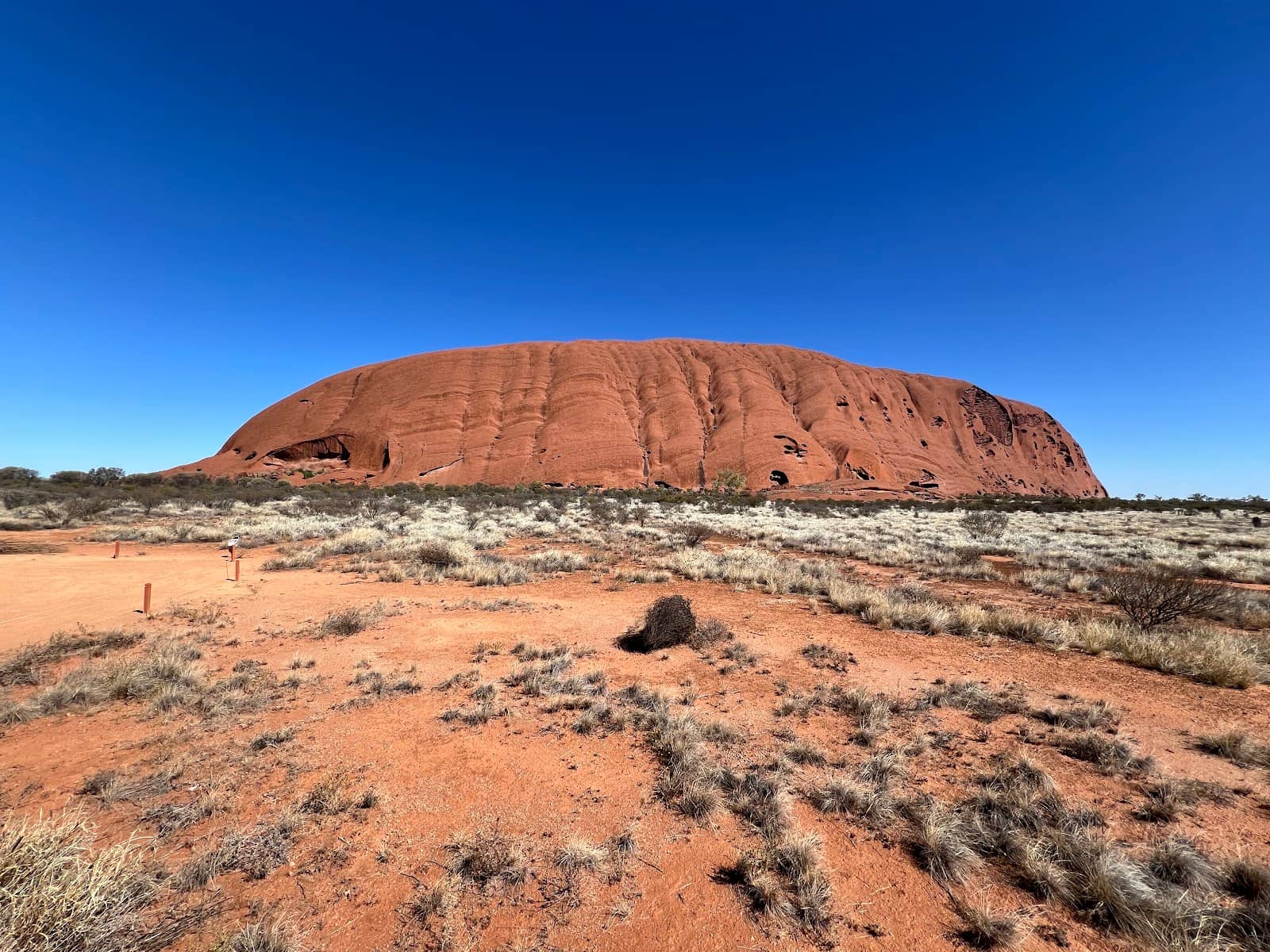
Sunrise and Sunset Views
Designated viewing areas
Witness Uluru transform at dawn and dusk, painting the sky with breathtaking hues. A must-see spectacle.

Cultural Centre
Near Uluru
Gain deeper insights into Anangu culture, art, and the significance of Uluru and Kata Tjuta.
Plans like a pro.
Thinks like you
Planning Your Visit
Respect Sacred Sites
Plan for the Elements
Best Times
Insider Tips
from TikTok, Instagram & Reddit
Hydration is Key! 💧
Carry plenty of water, especially for the Uluru Base Walk. Electrolytes are a good idea too.
Wear Sturdy Shoes 👟
The terrain can be sandy and uneven. Comfortable walking shoes are essential for exploring.
Respect No Photo Zones 🚫
Many areas are sacred. Always be mindful of signage and ask permission before photographing.
Book Accommodation Early 🏨
Options near Uluru can be limited and expensive. Plan and book well in advance.
Tips
from all over the internet
Hydration is Key! 💧
Carry plenty of water, especially for the Uluru Base Walk. Electrolytes are a good idea too.
Wear Sturdy Shoes 👟
The terrain can be sandy and uneven. Comfortable walking shoes are essential for exploring.
Respect No Photo Zones 🚫
Many areas are sacred. Always be mindful of signage and ask permission before photographing.
Book Accommodation Early 🏨
Options near Uluru can be limited and expensive. Plan and book well in advance.
Consider a Guided Tour 🚶
Learn about Anangu culture and the land from local guides for a richer experience.
Don't Skip Kata Tjuta! ⛰️
This stunning rock formation is just a short drive away and offers incredible walks.
What Travellers Say
Reviews Summary
Visitors consistently describe Uluru as a profoundly spiritual and awe-inspiring destination, with the Base Walk being a highlight for its immersive experience and changing colors. While the beauty is undeniable, some find the cost of accommodation and the desert heat challenging. The closure of the climb has been met with respect for cultural significance.
"🌅 17,000 steps. 12 kilometres. One incredible walk around Uluru.
From cool shaded paths to the warmth of the sun, every angle revealed new shapes and colours in this ancient rock.
Started at sunrise, finished at lunch — with every step holding a piece of history.
An unforgettable experience. 🧡"
Chris Morton
"🥾 The Uluṟu Base Walk is a 10.5 km loop that circles the iconic rock, offering a close-up look at its stunning features. But don’t let the distance fool you—it’s a challenging trek, especially in summer when shade is scarce and the sandy terrain adds to the effort. Hydration is key, so pack plenty of water and electrolytes, wear sturdy walking shoes, and pace yourself with breaks along the way. It can easily take over 3 hours, and a decent level of fitness helps. Starting from a quieter parking area was a smart move, and for those seeking something shorter, there are three other walks to explore. A rewarding experience if you’re prepared for the conditions. Please respect the no photo signs."
Meth Herath
"Looking down from the climb at ULURU .. if you haven't seen this view in real life .. you never will!! .. because the climb is now officially closed .. it has always looked easier to climb in pictures than it actually is .. as it is truly death-defying & terrifying .. & has claimed many more lives than the humble tribute plaques at the base .. from the base to Chicken Rock is a few hundred metres .. then you have to scale across from the top of Chicken Rock to the start of the chain .. if you fall you're dead .. then the chain was around knee height all the way up with sheer drops on each side .. then at the top of the chain is a ledge where this picture is taken .. then you have to be assisted up off the steep ledge & slide up & down across deep craters on the top which falls away to sheer drops each side with nothing but a dotted line painted on the rock .. like Mt Everest but stinking hot .. & when people would fall usually trying to catch a dropped camera or hat etc .. because the rock surface is like razor sharp snakeskin the bodies would end up in several pieces in different locations & they had to be retrieved by the ULURU KATA TJUTA Park Rangers."
Erik Hadley
What People Like
What People Dislike
Frequently Asked Questions
🚇 🗺️ Getting There
The most common way to reach Uluru is by flying into Ayers Rock Airport (Connellan Airport - AYQ), which is located about 15 minutes from the resort area. From there, you can take a shuttle bus or taxi to your accommodation. Alternatively, you can drive from major cities like Alice Springs, which is about a 4.5-hour journey.
Yes, it's possible to drive to Uluru. The journey from Alice Springs is approximately 450 km (about 4.5 hours) via the Lasseter Highway. This is a popular option for self-drive tours of the Red Centre.
Once you're at Uluru, the best ways to get around are by car (if you have one), shuttle bus services that connect the resort, Ayers Rock Airport, and the Uluru Base Walk starting points, or by joining guided tours.
Yes, numerous tour operators offer trips to Uluru from major Australian cities like Sydney, Melbourne, and Alice Springs. These can range from day trips to multi-day adventures.
You should fly into Ayers Rock Airport (AYQ), also known as Connellan Airport. It's the closest airport to Uluru and Kata Tjuta.
🎫 🎫 Tickets & Entry
Yes, there is an entry fee for Uluru-Kata Tjuta National Park. This fee contributes to the conservation and management of the park, which is jointly managed by the Anangu traditional owners and Parks Australia. You can purchase passes online or at the park entrance.
The park entry fee is typically per person and valid for three consecutive days. Prices can vary, so it's best to check the official Uluru-Kata Tjuta National Park website for the most current pricing.
No, climbing Uluru has been prohibited since October 26, 2019, out of respect for the Anangu traditional owners and the sacred nature of the site.
The park is generally open 24 hours a day, but specific access to certain areas or walks may have time restrictions, especially for sunrise and sunset viewing. Always check the official park website for the latest information.
You can purchase your Uluru-Kata Tjuta National Park passes online in advance through the official park website, or at the park's entry station upon arrival.
🎫 🚶 Onsite Experience
The Uluru Base Walk is a 10.5 km (6.5 mile) loop around the base of Uluru. It takes approximately 3-4 hours to complete and offers incredible close-up views of the monolith's features, including ancient rock art and waterholes. It's a relatively flat walk but can be challenging in the heat.
Besides the Uluru Base Walk, other popular walks include the Mala Walk (guided or self-guided, focusing on Anangu history), the Kuniya Walk to Mutitjulu Waterhole, and the shorter Walpa Gorge Walk and Valley of the Winds walks at Kata Tjuta.
Absolutely! Uluru is a spectacular and spiritually significant site. While 'fun' might not be the primary descriptor, its awe-inspiring presence and cultural importance make it a deeply rewarding experience for most visitors.
Wear comfortable, breathable clothing suitable for warm weather. A wide-brimmed hat, sunglasses, and sunscreen are essential. Sturdy walking shoes or hiking boots are highly recommended due to the sandy and uneven terrain.
Yes, Uluru is a sacred site for the Anangu people. Be respectful of cultural protocols, such as not climbing the rock, not taking photos in restricted areas, and learning about Anangu traditions at the Cultural Centre.
🍽️ 🍽️ Food & Dining
There are several dining options available at the Ayers Rock Resort, ranging from casual cafes and bistros to fine dining restaurants. Some unique experiences include the Sounds of Silence dinner and the Field of Light dining.
Yes, you can bring your own food and drinks. There are picnic areas available within the national park. It's highly recommended to bring plenty of water, especially if you plan on doing the Uluru Base Walk.
While there are no restaurants directly within the national park itself, the nearby Ayers Rock Resort offers a variety of dining venues. You can also find cafes and limited food services at the Uluru-Kata Tjuta Cultural Centre.
The Sounds of Silence is a popular dining experience held under the stars near Uluru. It includes a gourmet bush tucker-inspired meal, Australian wines, and a guided tour of the night sky with a resident astronomer.
Most dining venues at Ayers Rock Resort offer vegetarian and vegan options. It's always a good idea to check menus in advance or inform your server of any dietary requirements.
📸 📸 Photography
The best photo opportunities are at the designated sunrise and sunset viewing areas, which offer panoramic views. The Uluru Base Walk also provides unique perspectives from different angles. Remember to respect 'no photography' signs in sacred areas.
Yes, night photography of Uluru can be stunning, especially with the clear desert skies. Consider long exposures to capture the stars. The Field of Light art installation also offers unique photographic possibilities after dark.
Yes, there are significant restrictions. Certain areas, particularly those with rock art or cultural significance, are marked as 'no photography' zones out of respect for Anangu traditions. Always look for and obey these signs.
The Field of Light is a large-scale art installation by Bruce Munro, featuring thousands of illuminated stems that create a mesmerizing landscape around Uluru. It's a popular spot for evening photography.
A wide-angle lens is great for capturing the vastness of Uluru and the desert landscape. A tripod is useful for sunrise, sunset, and night photography. Consider a telephoto lens for details on the rock.
For Different Travelers
Tailored advice for your travel style
👨👩👧 Families with Kids
Consider booking family-friendly accommodation at Ayers Rock Resort, which often has pools and activities. Evening activities like the Field of Light can be magical for kids, and stargazing in the clear desert sky is an unforgettable experience. Pack plenty of snacks, water, and sun protection, and be prepared for the heat.
🚶 Budget Travelers
Look for free ranger-guided walks and talks offered by the park, which are excellent ways to learn about the area without extra cost. Consider visiting during the shoulder seasons (spring or autumn) when prices might be slightly lower than peak winter. Self-driving can also be more economical than flying if you're traveling from closer regions.
📸 Photography Enthusiasts
Be aware of and respect the 'no photography' signs in culturally sensitive areas. Exploring the Uluru Base Walk and the walks at Kata Tjuta will provide diverse perspectives and compositions. Early mornings and late afternoons offer the best light and fewer crowds.
Deep Dives
In-depth insights and expert knowledge
The Uluru Base Walk: An Immersive Experience
While the walk is relatively flat, it can be demanding, especially in warmer months. Visitors often recommend starting early in the morning to avoid the midday heat and crowds. The terrain can be sandy in places, so sturdy footwear is essential. Allow at least 3-4 hours to complete the walk, taking breaks to appreciate the surroundings and the spiritual significance of the site.
Remember to carry plenty of water and sun protection. While the walk is a highlight, there are also shorter walks like the Mala Walk and Kuniya Walk for those seeking a less strenuous experience. Respecting the 'no photography' signs in certain areas is crucial to honoring Anangu culture.
Exploring Kata Tjuta: The Domes of the Desert
The most popular walks at Kata Tjuta are the Walpa Gorge Walk (2.6 km return) and the Valley of the Winds walk (7.4 km circuit). The Walpa Gorge walk leads you between two of the largest domes, offering a glimpse into the unique flora and fauna that thrive in the sheltered environment. The Valley of the Winds walk is more challenging but rewards you with breathtaking panoramic views and a sense of true wilderness.
Like Uluru, Kata Tjuta is a sacred site. Visitors are encouraged to stay on marked paths and respect any cultural restrictions. The sheer scale and unique geological formations of Kata Tjuta make it a must-visit for anyone exploring the Red Centre.
Cultural Significance and Anangu Traditions
The Anangu people jointly manage the Uluru-Kata Tjuta National Park with Parks Australia, ensuring that cultural heritage is protected and shared respectfully. Visitors have the opportunity to learn about Anangu culture through the Uluru-Kata Tjuta Cultural Centre, guided walks, and cultural performances. Understanding and respecting these traditions is paramount to a meaningful visit.
Key cultural aspects include the Tjukurpa (Dreaming stories) that explain the creation of the landscape and the laws that govern life. Sites like Mutitjulu Waterhole are central to these stories, and visitors are asked to be particularly mindful of their presence and behavior in such areas.
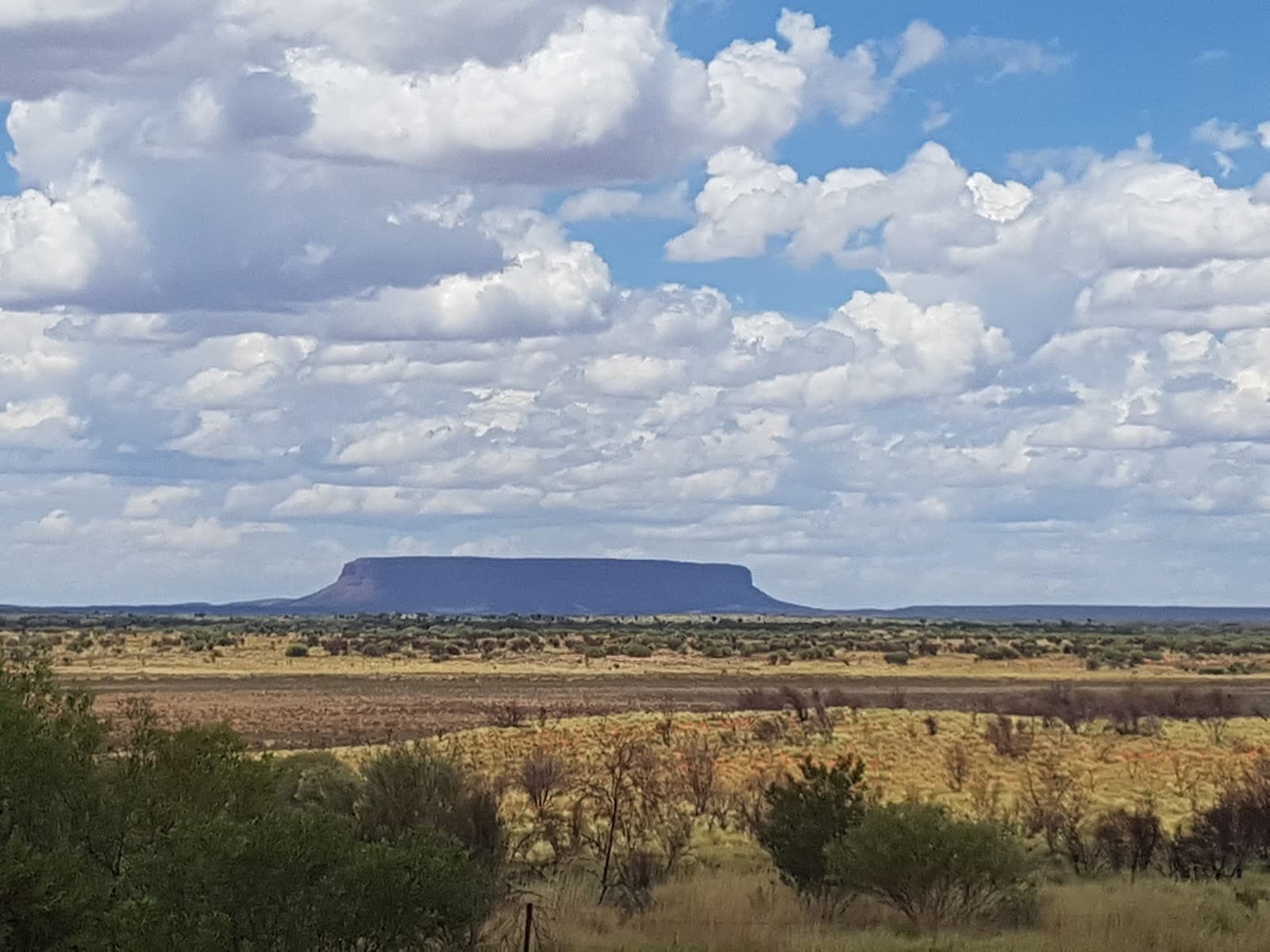
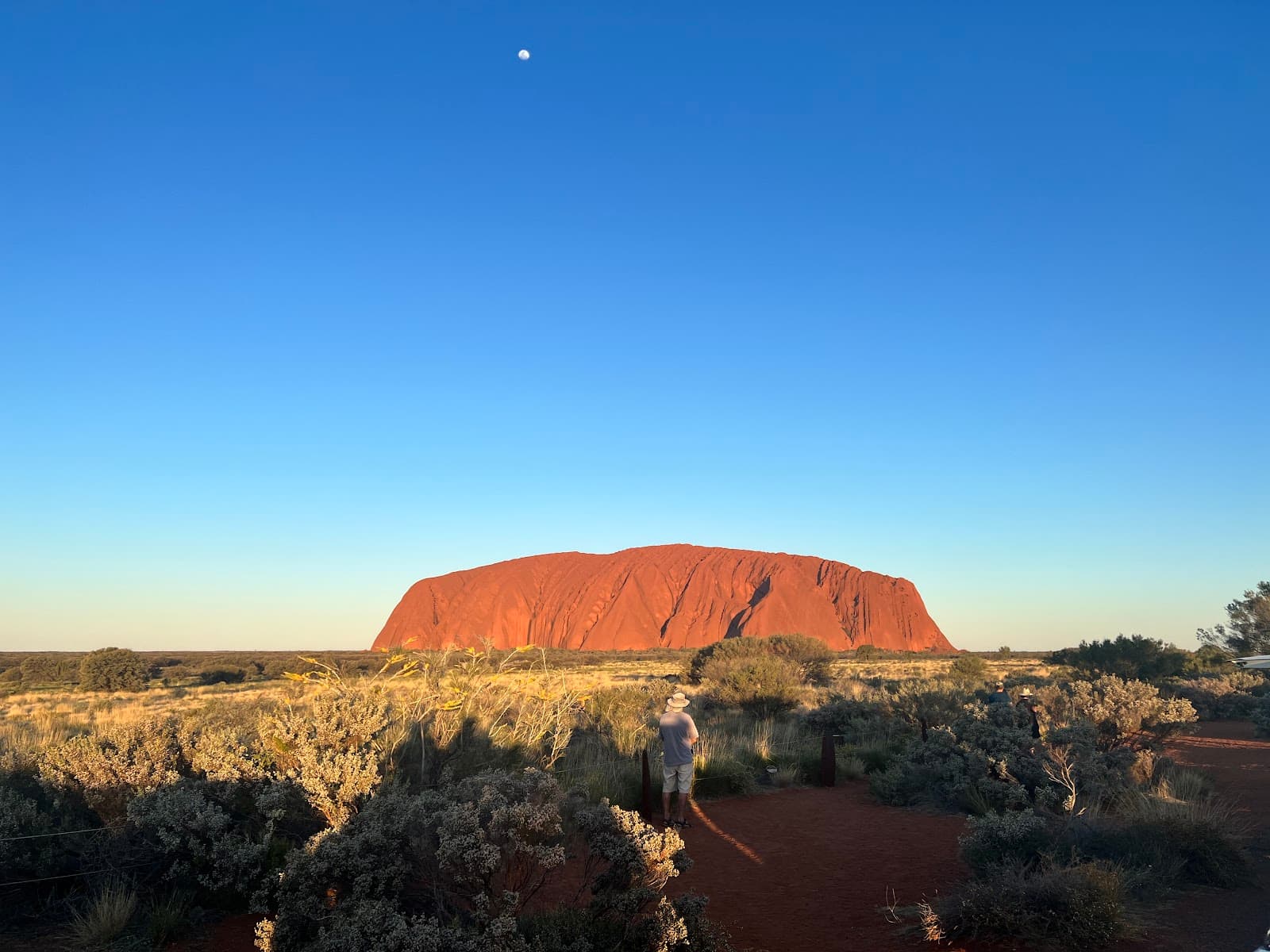
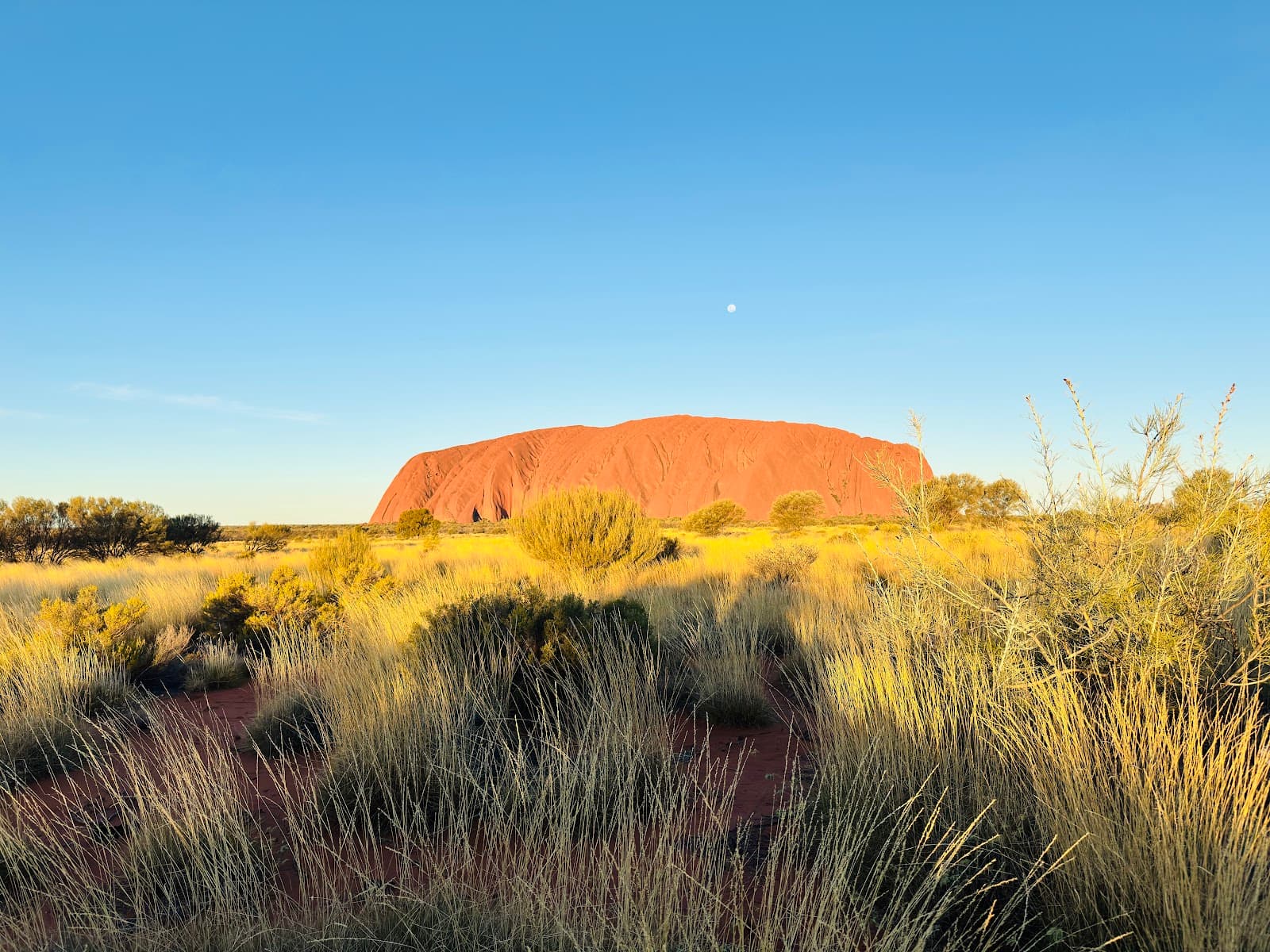
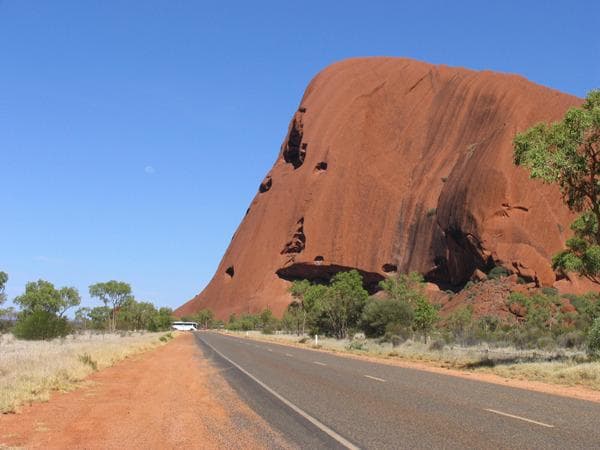
Social
from TikTok, Instagram & Reddit